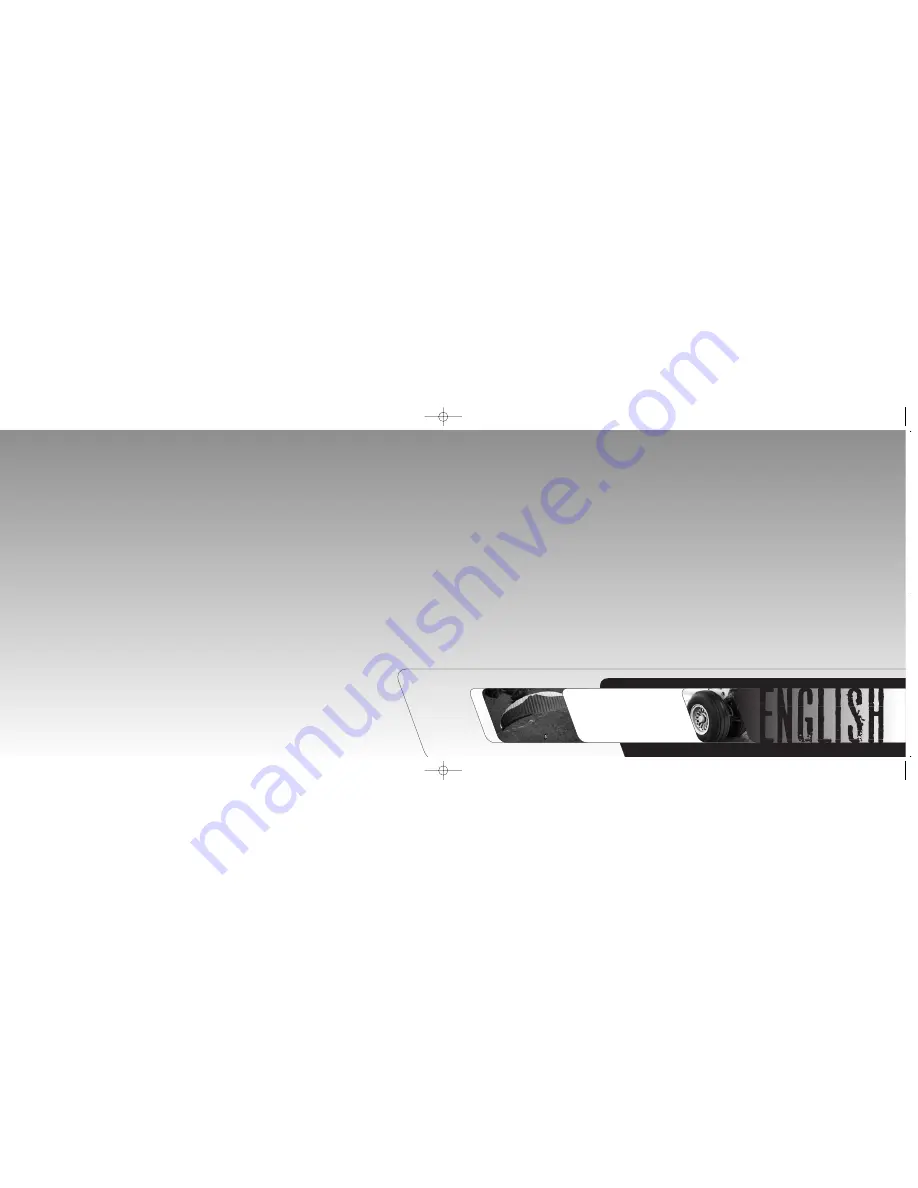
Therefore you must use ADVANCE new spreaders, delivered with
your BI BETA 3.
To make big ears: take both handles of the ear kit with the thumbs,
attached on the A riser by velcro and pull them down.
Be careful not to pull down on the risers themselves. When the
wings are folded down, put the balls into the buckles, on the sprea-
ders. To release the big ears, just push the balls out of the buckles.
NB : do not make spiral dives with big ears as this manoeuvre
results in extremly high loads and can unduly stress the glider.
Always reopen big ears before landing.
B stall
We generally recommand not to make B stall as a fast decent tech-
nique.
On the BI BETA 3, it is impossible to make a B stall because the B
and C lines are linked to the same riser (B). Therefore, it is too phy-
sical and too dangerous.
Landings
For your first flight with the BI BETA 3, we recommend you to choose
a familiar landing site with no obstacles. Remember to build up
speed prior to landing but do not let the brakes up completely;
flare the glider by progressively applying the brakes before lan-
ding. Avoid brutal braking as this will convert into lift of several
metres above the ground.
Don’t let the glider fall on the leading edge as this can cause dam-
mage and wear it out quicker than normal.
Launching by winch
The BI BETA 3 is suited to tow or winch launch. The glider does not
require any modification or particular manoeuvre for this type of launch.
Winch launch is only permitted if :
-
The pilot has a winch / tow endorsement.
-
The winch system is certified for use with paragliders.
-
The operator has fully learnt how to winch paragliders.
49
48
Parachutal stall/full stall
The progressive application of both brakes reduces speed, the
wing tips progressively stall, then the wind goes into a parachutal
stall then in full stall phase .
After minimum speed the glider goes into a momentary phase of
parachutal stall that, if the brakes are pulled further down, is fol-
lowed by a full stall with the glider falling behind the pilot.
During safety trainings, you might try several incident configurations.
Going into parachutal and deep stall is very technical with the
BI BETA 3: we recommend not trying this figure without an experi-
enced instructor.
The BI BETA 3 does not possess a stable parachutal (or deep) stall.
Fronstall
In case of frontstall, the glider goes behind the pilot and passenger.
Then with a little delay, the pilot and passengers come back under
the canopy.
The glider accelerates and reopens. You don’t need to pull the A-
risers to reopen.
Fast descents
To quickly lose height the ADVANCE test team recommends,
depending on the situation, a spiral dive or big ears. You should
practise these in smooth air.
Spiral dive (360)
The spiral dive is entered into by gradually applying brake on one
side. The desired bank angle is controlled by the amount of brake
applied. To exit the spiral raise the inside brake gradually.
Depending on the steepness of the spiral it is possible that the gli-
der could do another rotation even after releasing the brake. Be
aware that a collapse may occur if the glider passes through its
own trail.
Big ears system
The BI BETA 3 has a clever big ears line facilitating the manoeuvre.
We also have developed a system to fix the big ears. That enables
the pilot to keep the brakes in the hands.
The big ears kit has a plastic ball that you fix in a strap on the
spreaders.
Manual_BiBeta3_6.0 5.11.2003 11:18 Uhr Seite 48



































